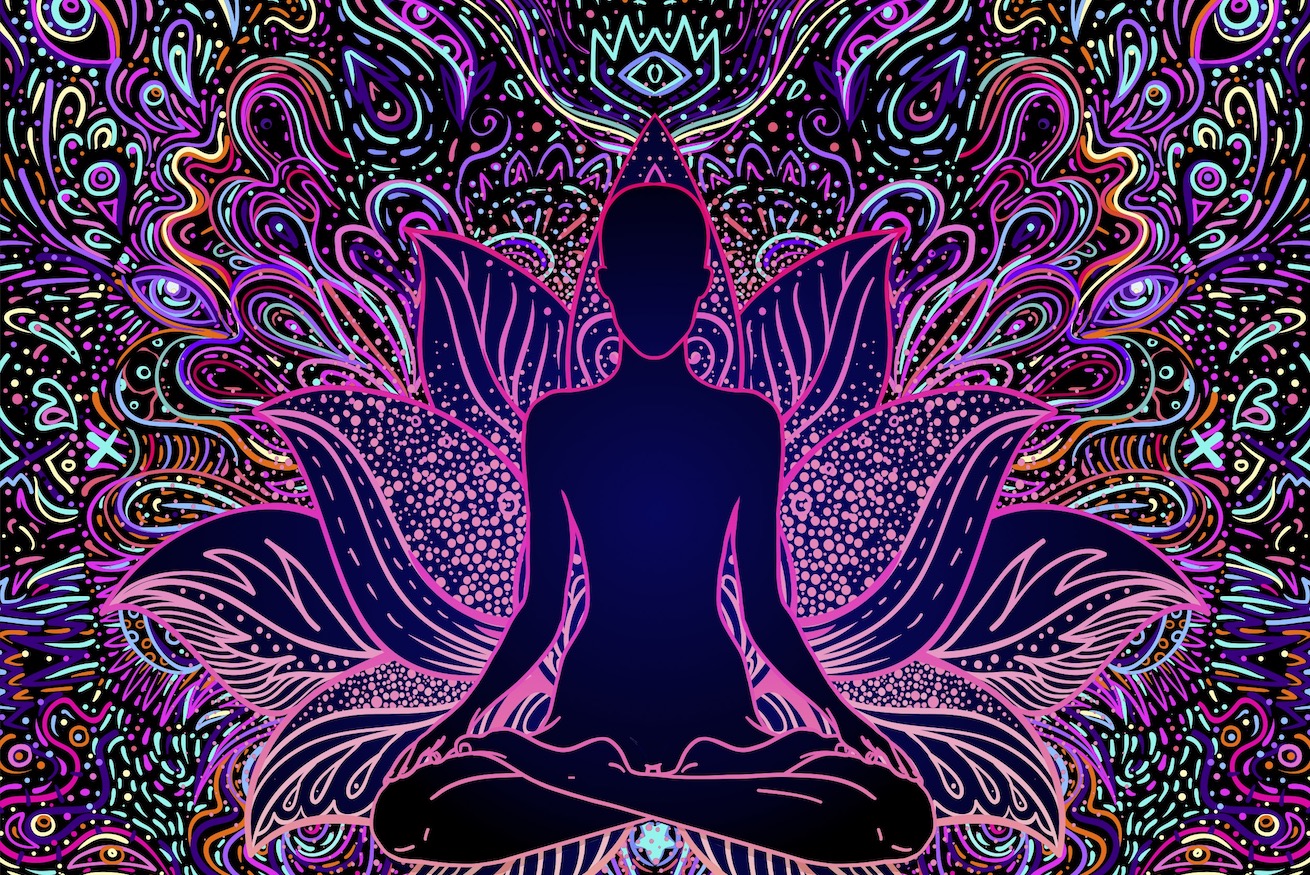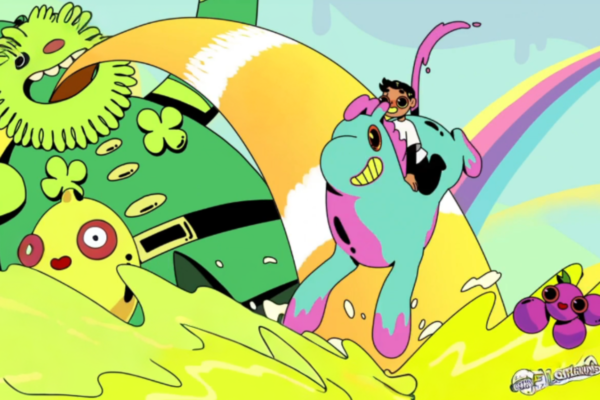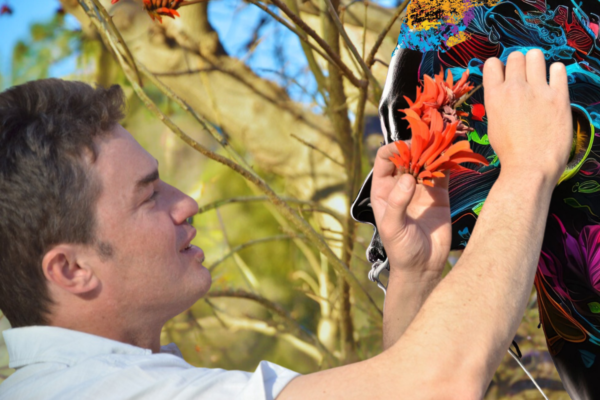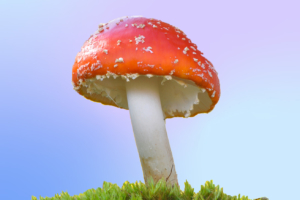
One needn’t apply at NASA nor hitch a ride on a billionaire’s rocket ship to visit strange new worlds, at least according to the results of a dimethyltryptamine (DMT) study published recently in Frontiers in Psychology.
Authored by University of Greenwich’s Pascal Michael, David Luke, and Oliver Robinson, the U.K.-based study analyzed the experiences of 36 seasoned psychonauts who volunteered to take at least 40 mg of DMT in a non-clinical setting and then allow themselves to be immediately interviewed about their experiences.
The findings were both eye-opening and consistent.
“Invariably, profound and highly intense experiences occurred,” the authors wrote, explaining 94 percent of subjects reported breakthrough encounters with otherworldly “beings” and a full 100 percent reported that their adventure connected them with another world.
The entities that the DMT trippers encountered presented a vast array of different features. One was cartoonish and clown-like while another was said to have a “multidimensional moth structure.” Others had serpentine, octopoid, and insectoid qualities. While most were described as humanoid, subjects also reported run-ins with “dancing lattices” and “sentient geometries.”
Regardless of how the beings appeared, most subjects believed they were intrinsically kind. Many even saw them as teachers or guides.
“These meetings were also overwhelmingly positive, with over half of participants conveying the entities’ enchanting nature, often including their benevolence (compared to only 8 percent suggesting some malevolence to their demeanor),” Michael, a University of Greenwich PhD candidate, told PsyPost. “Almost half felt some, usually ‘telepathic,’ communication from the entity, mostly happening to be on the subject of cosmic insight (such as the game-like nature of reality) or love for others and oneself.”
Michael also suggested the findings poked holes in a common myth which posits dying feels like a psychedelic trip because the human brain releases DMT upon death. If anything, he felt the trips his team chronicled had less in common with near-death experiences than they did with typical recounting of alien encounters and abductions.
This BIAL foundation, Society for Psychical Research, and Parapsychology Association-funded analysis isn’t the first study to link DMT trips to encounters with strange beings, but a previous one relied upon subjects having to retroactively recalling their psychedelic experiences.
“The uniqueness of this study, despite there being one small and another much larger prior online survey of DMT experiences, is it being the first qualitative analysis of these experiences conducted from very detailed interviews immediately after participants’ experiences, as part of a semi-controlled naturalistic field study,” Michael said.
DMT is a naturally occurring psychedelic compound found in small concentrations in many plants and mammals, including the human brain. Nicknamed the “spirit molecule,” it becomes an incredibly potent hallucinogen in concentrated doses and serves as the active psychedelic ingredient in ayahuasca, a healing plant medicine indigenous cultures have utilized for centuries.
“All psychoactive chemicals are enthralling just by virtue of their being able to manipulate the mind via their molecular mechanisms — but DMT is especially so, because of just how quickly and dramatically it can transform almost everything about one’s conscious experience,” Michael continued.
“The intense, profound and typically ontologically shifting journeys that result, quite inconceivable even after reading our extensive paper in question, are not only why in modern psychedelic communities the drug has garnered an arguably cult-like status — but is also why, given its use for thousands of years by indigenous groups (especially the Americas and Australia), it has become the fulcrum of entire cosmologies, shaping beliefs about the features of life, death, and the cosmos,” he concluded.





